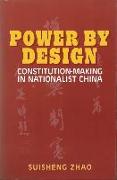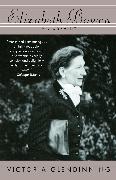- Start
- Power by Design
Power by Design
Angebote / Angebote:
First established as a cabinet system in Guangzhou in 1925, the Nationalist Government of China was replaced three years later by a presidential system under a unified Nationalist government in Nanjing. The cabinet government was restored in 1931 and existed until the presidential system was again installed by the 1936 constitution. Why did presidential and cabinet systems exist alternately during this formative period of the Nationalist government? Why was the presidential system finally adopted in 1936? Suisheng Zhao answers these and other questions fundamental to understanding authoritarian regimes in this pioneering study of the design of the Nationalist Government of China from 1925 to 1937. Borrowing ideas from public choice theory, Zhao proposes that political actors who design governmental institutions are driven by power-maximization strategies just as business firms are driven by wealth-maximization strategies. Constitution-making reflects the underlying distribution of power among authoritarian leaders, who attempt to design political institutions that will consolidate their personal power and position. Thus, Zhao argues, if political actors possess more power resources than their rivals and anticipate themselves becoming dominant, they will choose the singular leadership of the presidential system. If they are in a weaker position and do not anticipate becoming dominant, they will prefer the collective leadership of the cabinet form of government.
Fremdlagertitel. Lieferzeit unbestimmt




